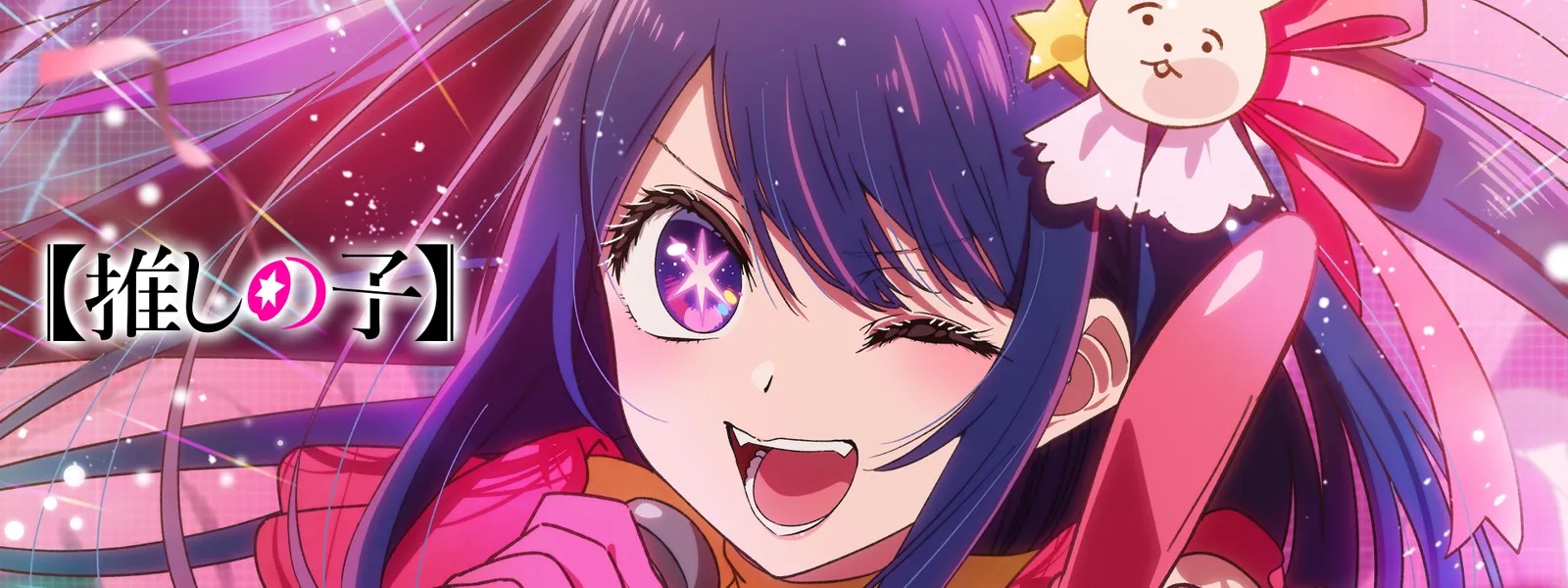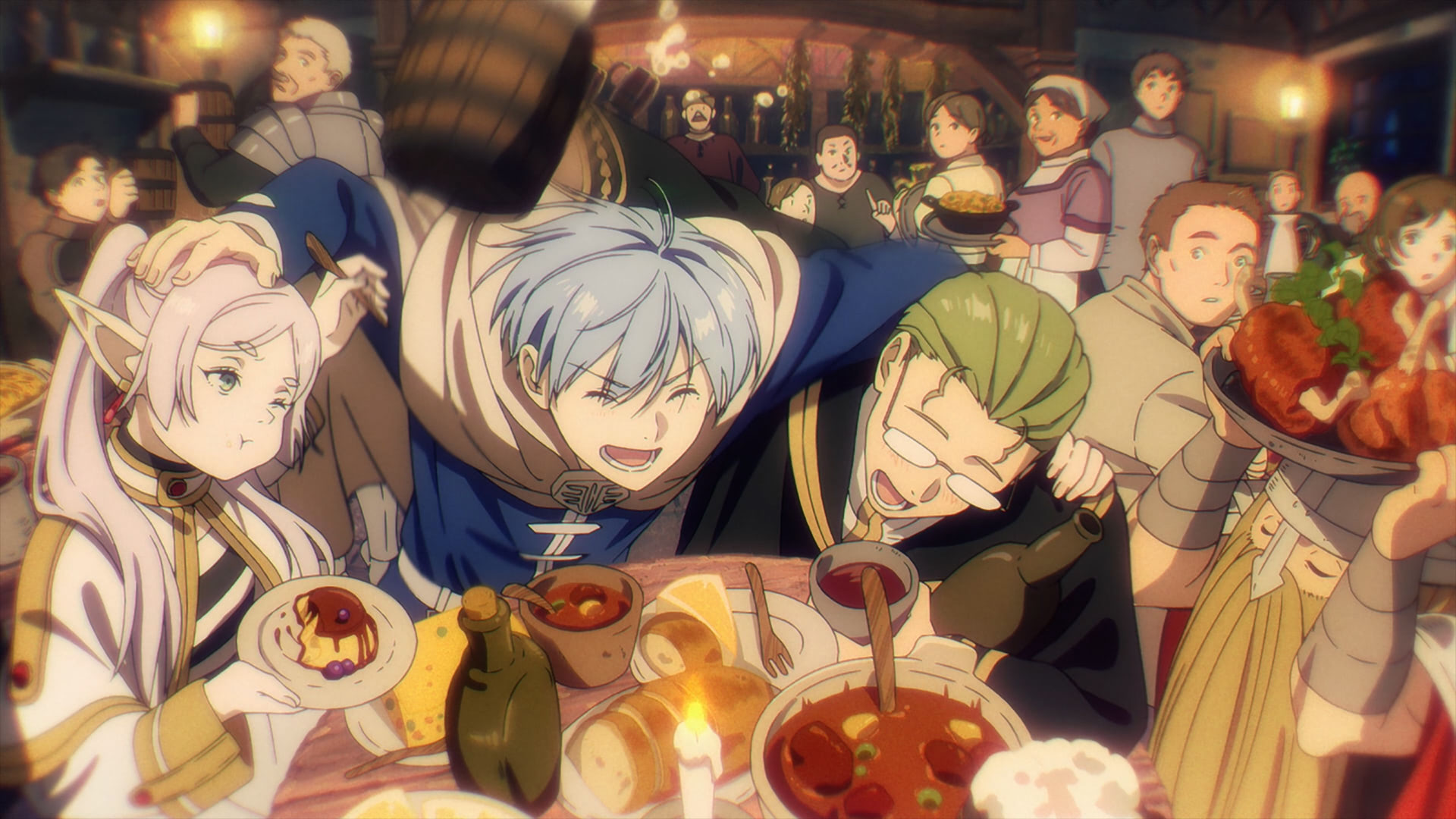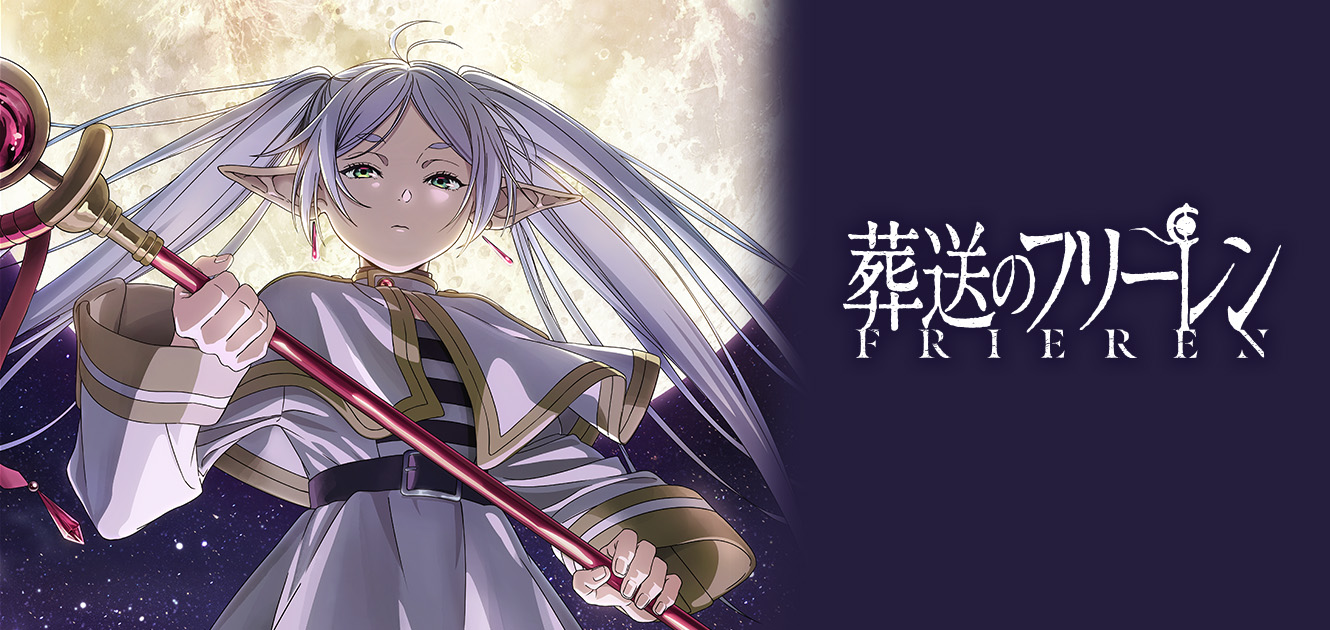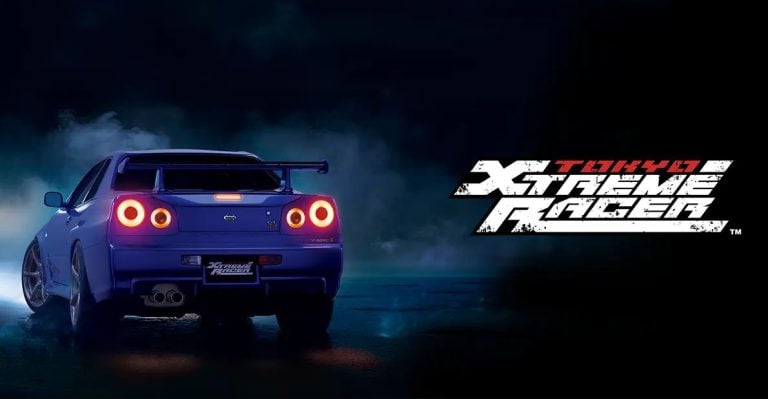In light of recent hit anime opting for longer-than-standard episode run-times for their premieres, a recent article analyzes changes in how viewers evaluate and choose anime to watch, sharing some of the reasons why some viewers tend to only give the first episode of an anime a chance to prove its worth.
The three-episode rule is a common method among anime fans used to figure out if a show is worth continuing to watch, where the viewer gives the first three episodes of a series a try before deciding whether to continue or drop it. It’s possible that this method of determining what to watch became popular due to anime often following a common structure in their initial episodes. An article by Entame Next explains that in the first episode, main characters are usually introduced, the second episode focuses on interpersonal relationships between characters, while the third episode often features a significant event. Quite a bit of information is given to the viewers in these first three episodes, helping them decide whether the show is worth continuing with.

The runtime of a typical anime episode is usually no more than 30 minutes. This 30-minute format was popularized by Tezuka Osamu with his anime Astro Boy (1963). According to PRESIDENT Online, when Astro Boy began airing, most anime followed a five to ten-minute runtime that was standard for Western cartoons at the time. Cartoons during this period were mostly just short gag anime that were easily digestible for children, however, once anime began to include more complex storylines and character psychology, it became harder to fit stories into this small window of time. Astro Boy’s longer 30-minute episodes allowed for better storytelling, leading many subsequent anime to adopt this longer format, which has become the standard today.
However, in recent years, the trend of anime having longer runtimes, especially for their debut episodes, seems to be growing in popularity. ENTAME Next’s article mentions some anime series released within the past few years whose debut episodes exceed the 30-minute mark, such as the director’s cut version of Re:Zero – Starting Life in Another World (2020), at 60 minutes long, and Oshi no Ko (2023) tripling the standard anime episode duration with a 90-minute premiere.

The article also talks about how the anime Frieren: Beyond Journey’s End has even further exceeded previous anime episode runtimes with a 2-hour-long first episode. Such a lengthy duration is typically unheard of, however, this longer method seems to have been a more efficient way to sell the story to viewers. The article states, “Frieren: Beyond Journey’s End revolves around the journey of Frieren and Fern, which begins in the middle of the second episode. If the initial broadcast had ended in 30 minutes, many viewers might not have understood the story’s direction, leading to them potentially dropping the series after the first episode.” The author also mentions that they believe that this method of having longer and content-dense episodes may have further contributed to its current popularity.

It seems that just as the shorter, five to ten-minute episode format was abandoned in favor of more complex storytelling, the longer, 30-minute episodes are now also becoming insufficient, at least in terms of premier episodes. This new approach to debut episodes provides viewers with enough information about the plot, characters, and world in one sitting, enabling them to decide if the show is to their taste without waiting for three episodes to be broadcast. In a survey conducted just last month, out of 2,406 participants, approximately 59.0% reported that they decide whether to continue a series after watching the first episode, while only 13.6% claimed to follow the three-episode rule.
The article also discusses how, with the widespread adoption of anime production committees, the anime market has become quite saturated. Production committees involve multiple companies collaborating to fund, produce, and market anime on a project-by-project basis. This collaborative approach has, in turn, created a demand for more rapid episode releases. (Related article)

However, it seems that in today’s fast-paced world, some anime enthusiasts prefer not to invest in multiple episodes or wait for weekly broadcasts to determine their interest in a series. The article also mentions that increased competition from the rapidly growing number of anime series available to watch on TV and streaming services has made viewers less patient. Therefore, longer first episodes have become a way to showcase a series’ appeal. Thanks to modern-day streaming services, anime producers now have more flexibility in how they choose to tell a story. Unlike TV programs, streaming services are not constrained by fixed airing timeslots, which enables anime to have slower or sporadic release schedules and longer run-times per episode.
It seems that while some anime episodes are getting longer, they are also becoming denser, providing viewers with more information about the story, and helping them decide whether they want to continue watching the series in a single episode.





